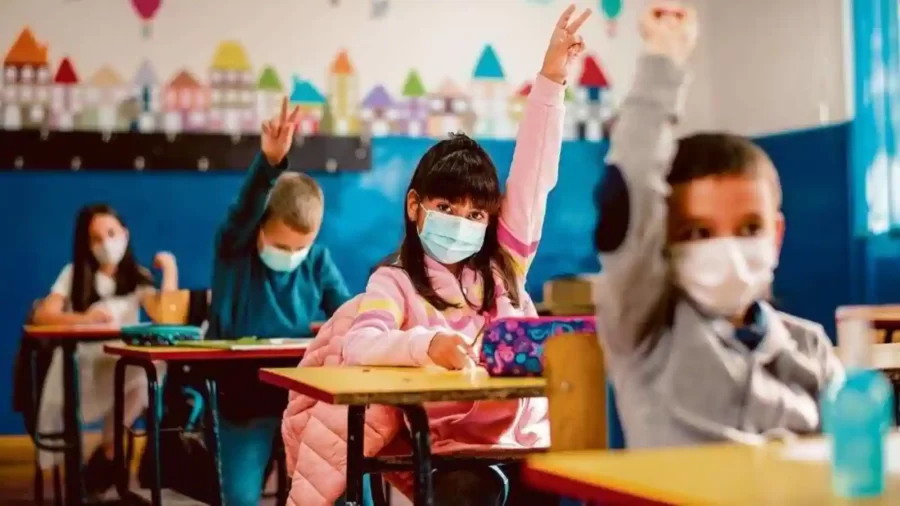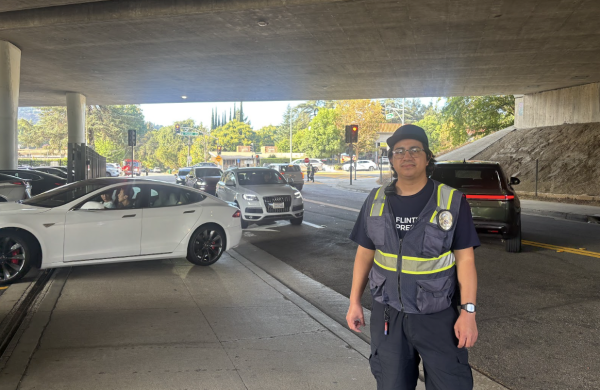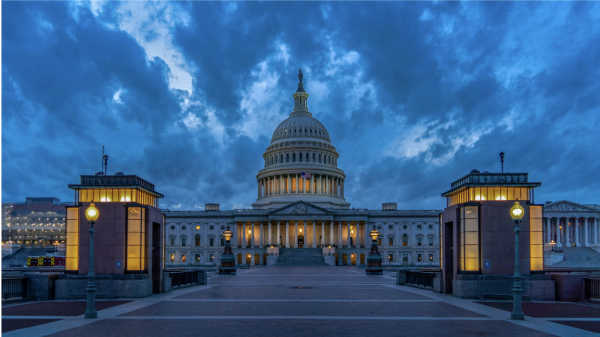Growing Up in the COVID Pandemic: The Consequences of Lockdown on Child Development
Photo courtesy iStock
Children return to school in masks after over a year of distance learning.
At the beginning of the pandemic, when details about the transmission and health consequences of COVID-19 were unclear, it seemed the best course of action was to shut down. Now, one and a half years after the initial shutdown, its devastating impact on education and child development is becoming increasingly clear.
Isolation and limited social interaction as a result of prolonged online learning have stunted children’s maturity and ability to interact with peers. Lack of socialization impacts people of all ages, but is especially problematic for young elementary school students since their brain development relies on cognitive and social stimulation. While there is some limited academic research done on these effects, there is no one more fitting to assess the social-behavioral development of children than an elementary school teacher.
I recently spoke with my cousin, Emma Holtzapple, a 4th-grade teacher at a Berkeley public school, who shared her post-lockdown teaching experiences. Emma’s teaching career started before the pandemic allowing her to compare her students’ behavior and interactions pre and post-lockdown.
“All across the board, I’ve seen regression. Almost all of my students are struggling with their behavior and how to communicate with each other,” she said. “They struggle to resolve basic conflicts and need adult involvement in cases where you wouldn’t normally need to intervene.” Problem-solving and conflict resolution are essential aspects of children’s behavioral development. In a normal school day, kids would have many opportunities to interact in groups and solve conflicts on their own. However, almost all social interaction that happened during lockdown was organized by parents, depriving children of more natural social interaction.
Another major issue Emma pointed out is mental health. The prolonged period of isolation added a lot of stress and anxiety that would normally not occur. “I’ve been reaching out to parents asking them if they would consider having their child see a counselor,” she said. “This is not something I’ve done frequently in the past, but now almost half my class sees a counselor.” Children’s home situations certainly contributed to this added stress. “Some of my students’ parents lost their jobs over the pandemic and I could see that they were carrying the weight of their home life,” Emma said. “One of them came to me one day and said her dad was still trying to find a job and the four of them were living in a one-bedroom apartment.”
Related to this issue of stress from home is the widened socioeconomic divide that resulted from online learning. The most serious learning gap was between students of high and low-income families. “Academically,” Emma notes, “most of my students are where they should be. Except my students whose parents lost jobs or had other struggles in the home are behind.” During the period of online learning, many lower-income students didn’t have access to computers to attend class and parents to support them academically, while students of higher-income families had access to opportunities by virtue of their socioeconomic status.
While we are much older than the kids most developmentally affected by social isolation, it would be inaccurate to say that teenagers haven’t felt any of the effects at all. Returning to campus as a senior was an awkward transition for me, since the last time I experienced a normal school setting was in my sophomore year. I still felt like a sophomore at the beginning of the year and it took some time to adjust. This rough transition was much more dramatic for middle schoolers who were in elementary school when the pandemic hit. For kids of any age, the long period of isolation has stunted behavioral progression. It is clear that being back to school in person is the best thing to get everyone caught up socially and behaviorally.
Whether or not the lockdowns actually helped curb the spread of COVID-19, there were unforeseen consequences to child development and education. Should a pandemic or similar situation ever become an issue again, I think we can use our experience from the last two years to reevaluate the necessity of a lockdown and consider the immense costs to our children, most importantly to the less fortunate.







